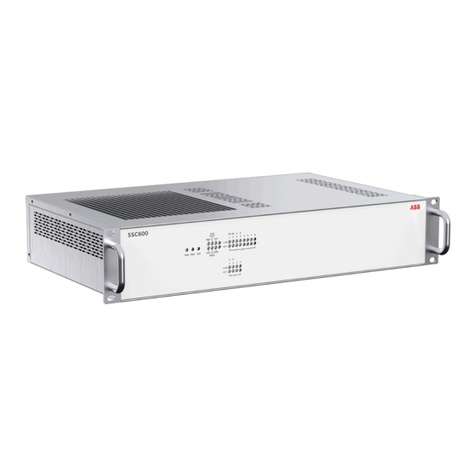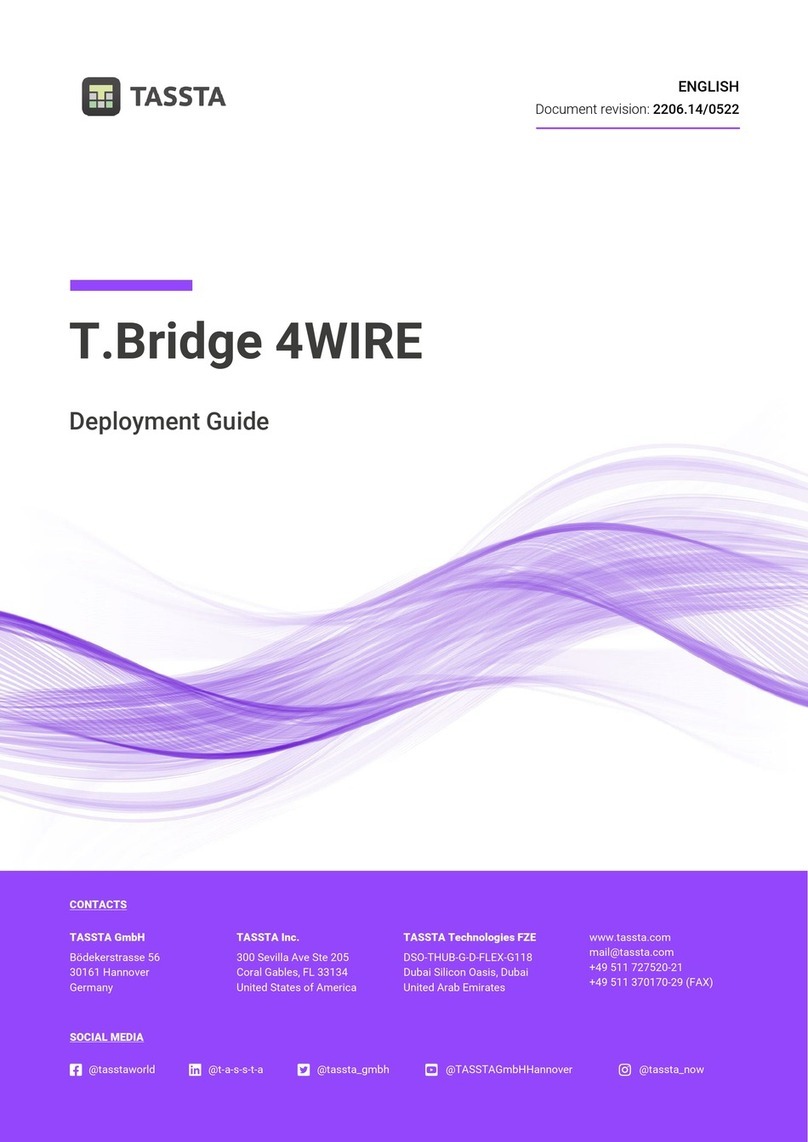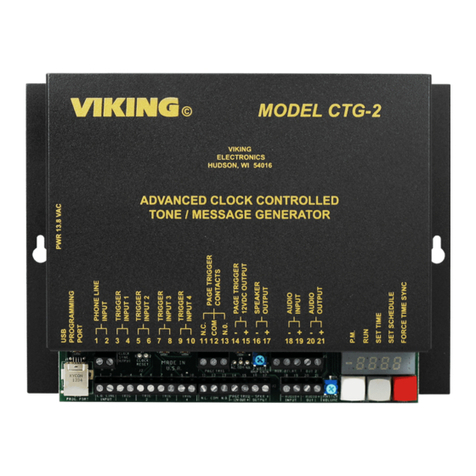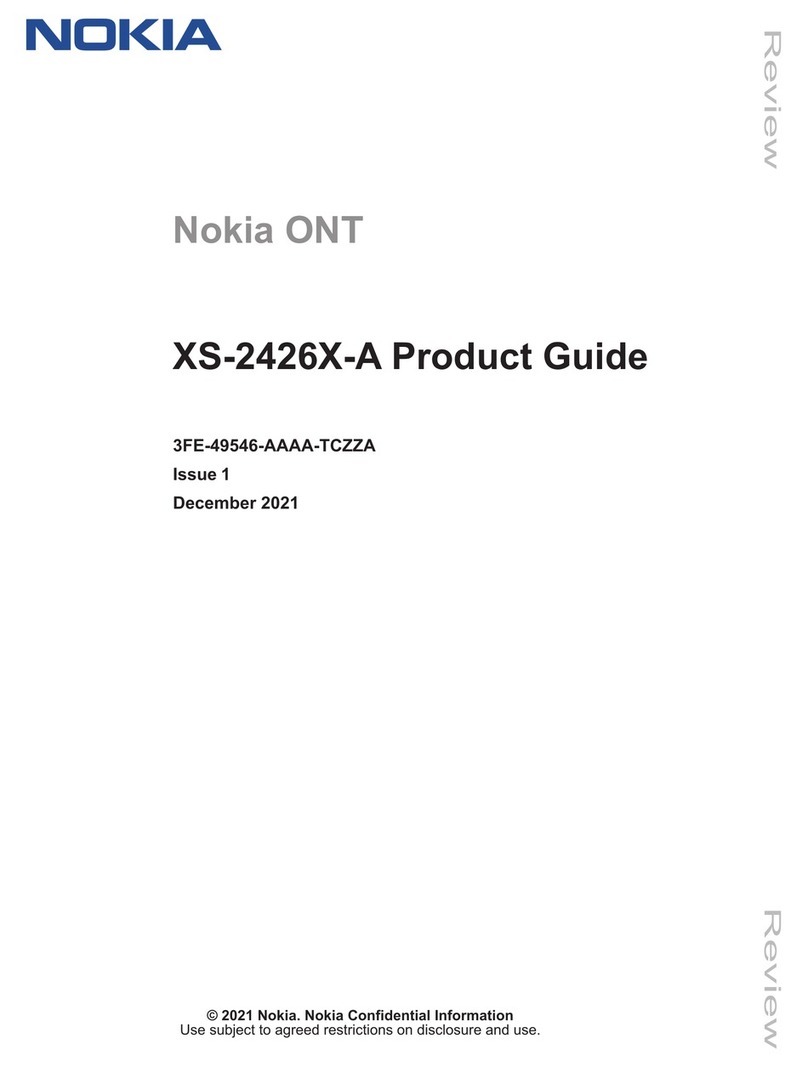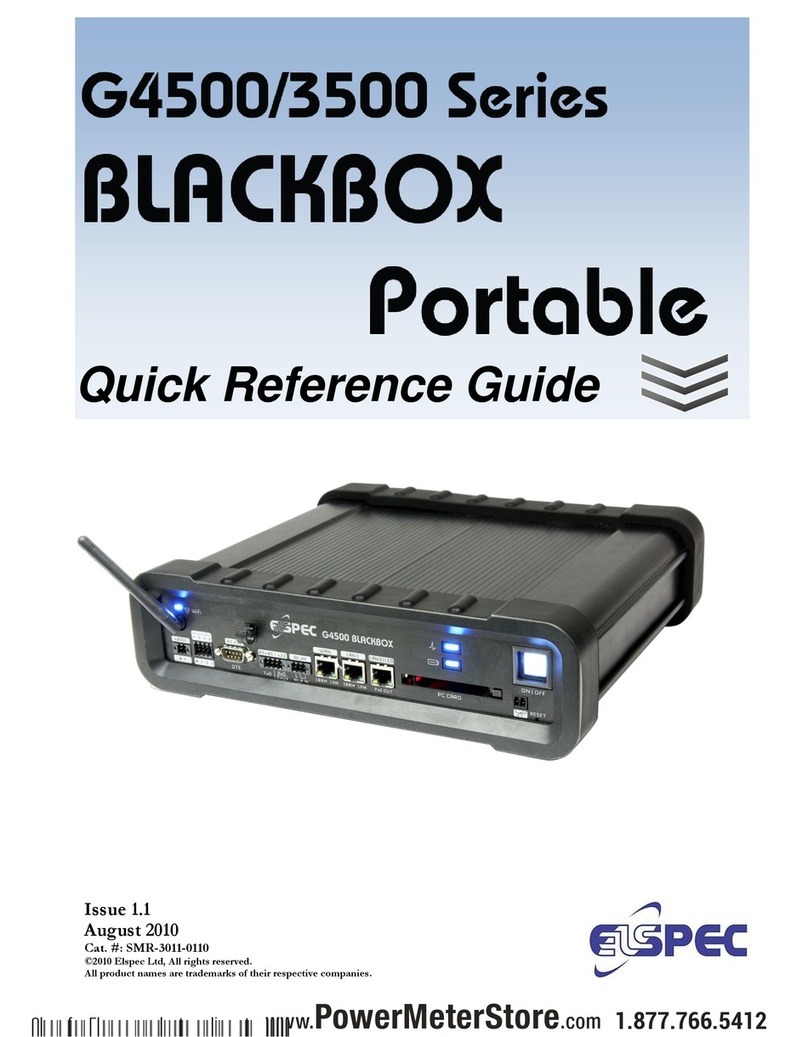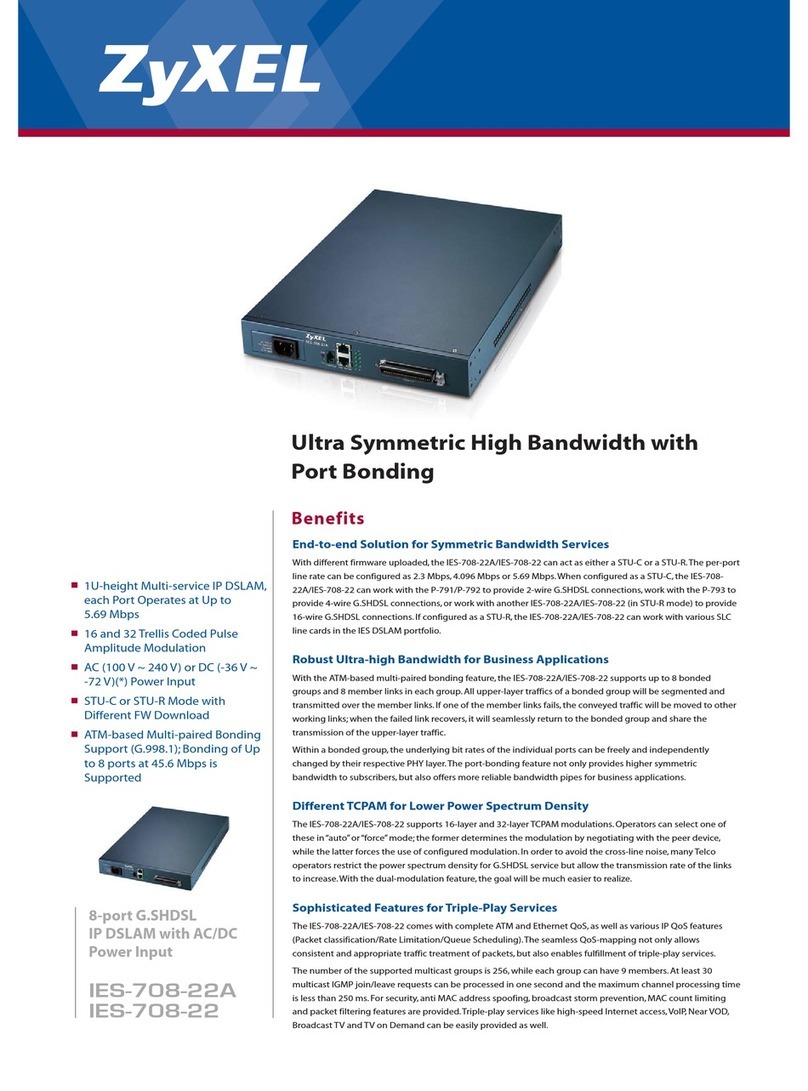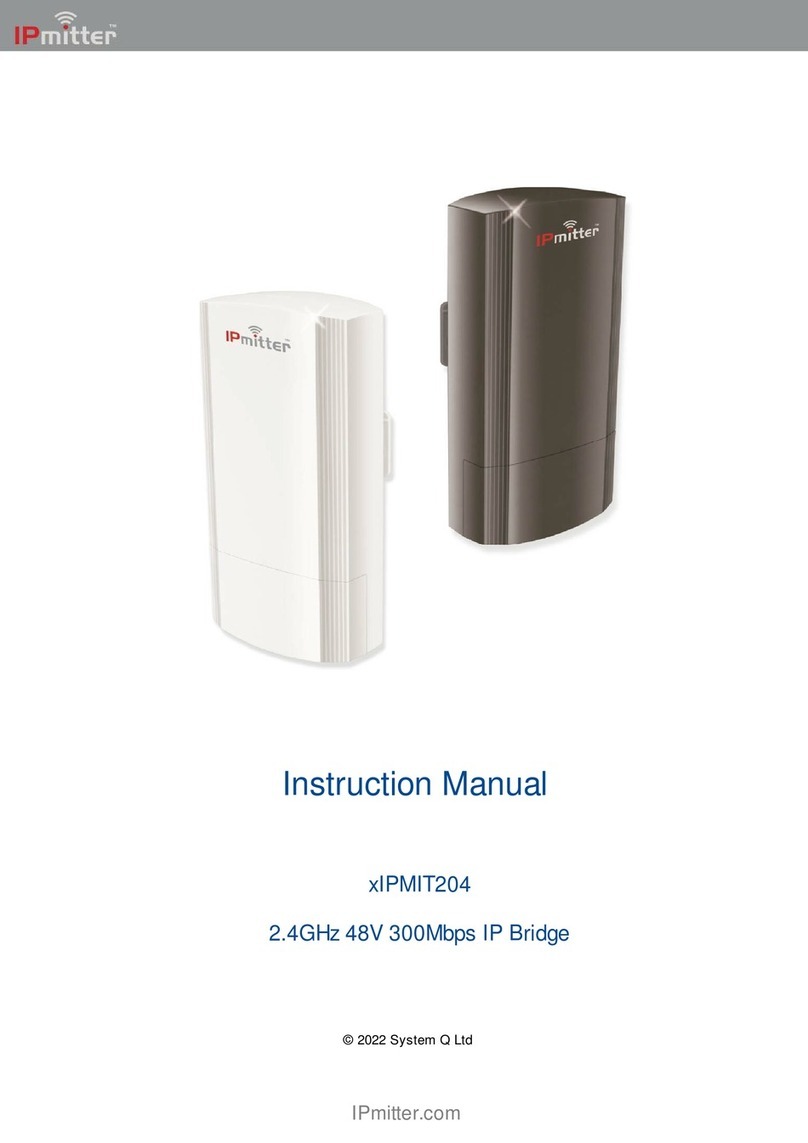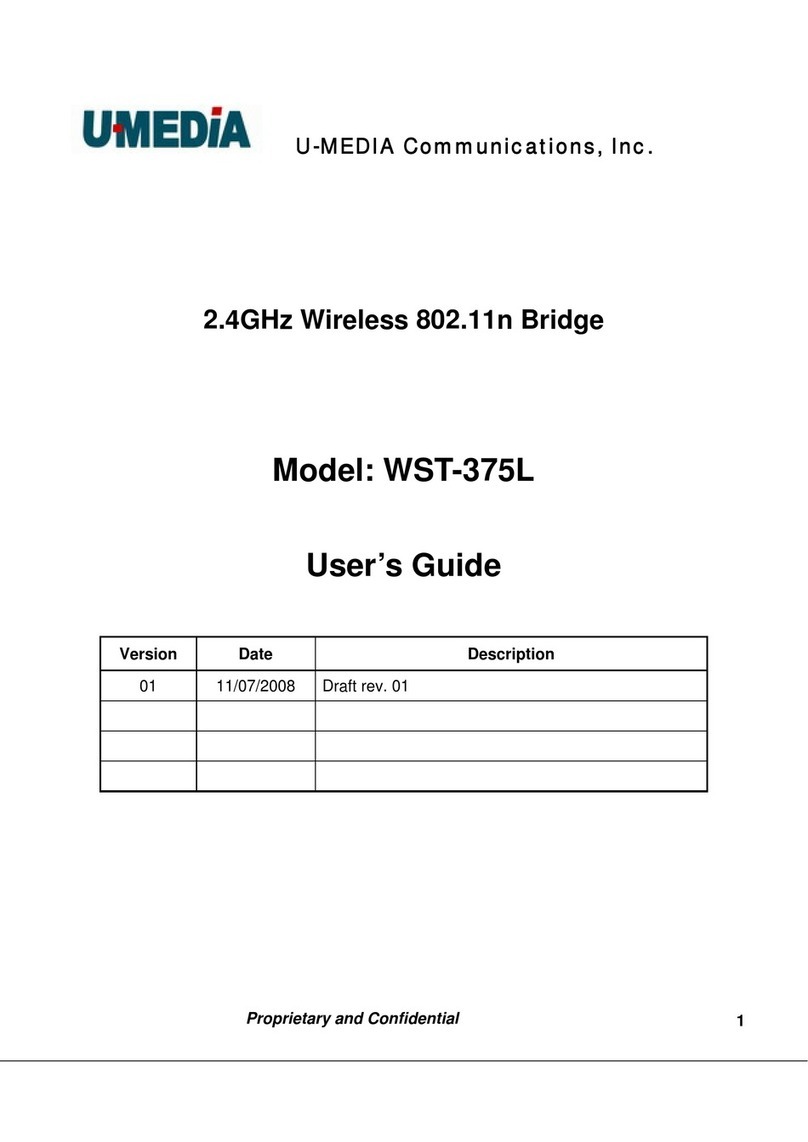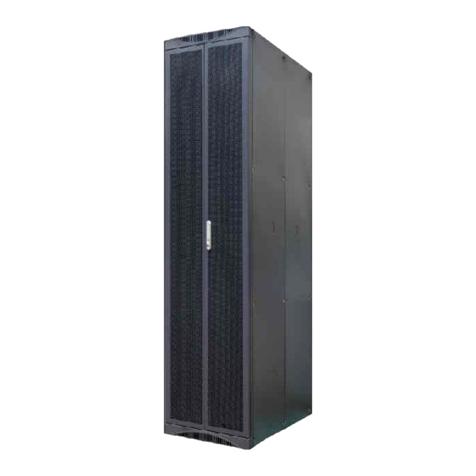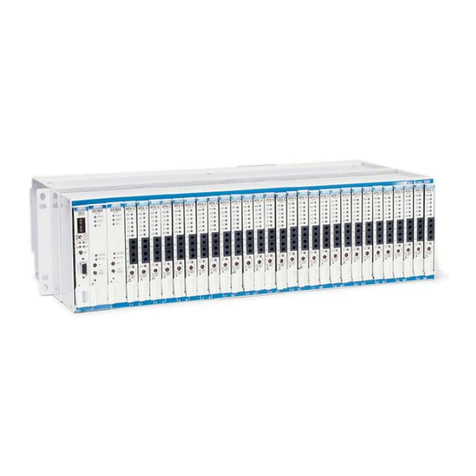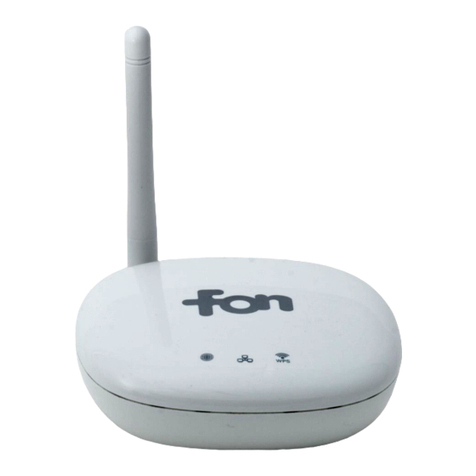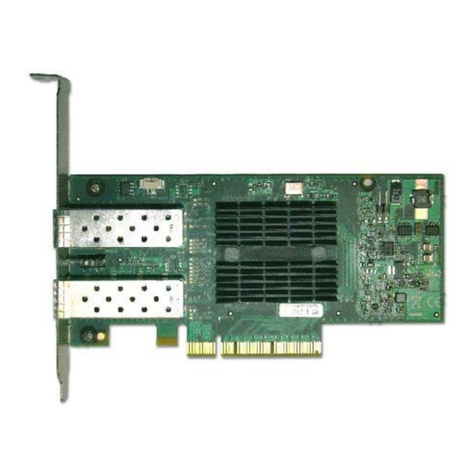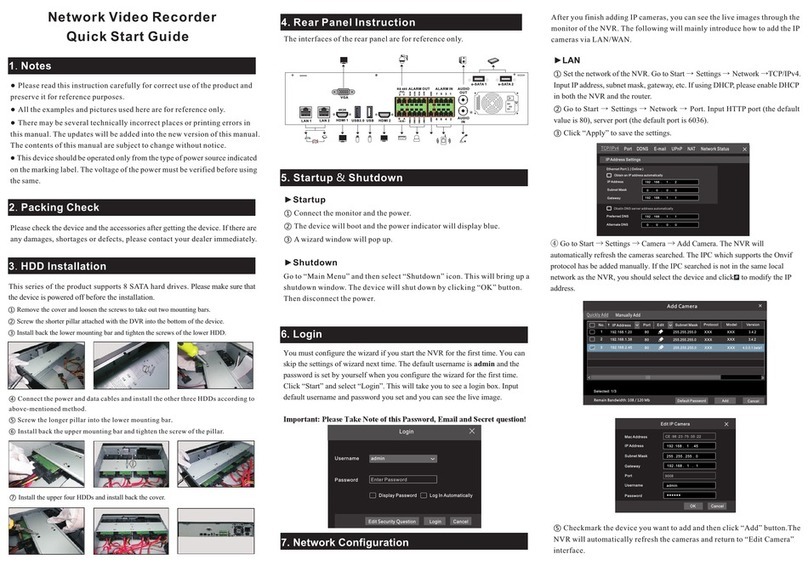audioplan PowerPlant 100 S User manual

Operating instructions

Audioplan©is a registered trademark –
Specifications may change without prior notice.
11.22
Dear Audioplan customer,
You have decided to purchase one of our power supply products. We
thank you for the trust you have placed in us.
In order to be able to exploit the full potential of the devices, to avoid
damage and to achieve the best possible sound, please observe the
following important instructions.
1. The Audioplan power supply units should only be connected with
the hifi-system switched off.
2. Observe the maximum permissible load capacity of the filter
modules. Overloading can lead to damage and overheating.
3. Do not open the units. Mains voltage is running inside. This is
dangerous to life. High voltages can be stored in the unit for a
few minutes even after disconnection from the mains. There are
no parts inside the filters that can be replaced by the user. The
fuses are accessible from the outside.
4. Disconnect the unit from the mains before replacing the fuse! Al-
ways replace with the same type and value. The value is printed
on the respective unit. Never use stronger fuses as they might
damage the unit.
5. Place the units on a firm, dry surface, e. g. behind the hifi-rack on
the floor. At most the units become hand-warm during operation.
Special ventilation is therefore not necessary.
6. Avoid contact of the units with water. Penetrating water can
cause short circuits and damage to the filters. In such a case,
please contact your dealer.
7. The Audioplan filter units may only be used in closed, dry rooms
for the operation of an audio, video or audio-visual system. All
other uses are not permitted and may be dangerous. Audioplan
is not liable for damage caused by improper use or incorrect
operation.
The Audioplan power supply,
a system of complementary devices.
Why are there different power supply units and what is their func-
tion?
If you look at an audio or AV system consisting of several components,
you can distinguish between three basic types of unwanted interaction.
Each of them requires a specific countermeasure.
1. Dynamically changing potential differences caused by the cur-
rent distribution to the individual components of the hifi-system:
If the devices of a hi-fi system are connected to a conventional distrib-
utor or different sockets in a room or, even worse, to different power
circuits in the house, dynamically fluctuating potential differences are
unavoidable due to the internal resistances of the cables. These po-
tential differences lead to compensation currents on the signal lines
between the units. To reduce these to a theoretical minimum we have
developed the PowerStar. Since with the PowerStar all connected units
in the outer sockets refer to the unit in the central socket in terms of
potential, there are practically no more compensation currents.
2. Interference caused by devices in the AV system itself, we call it
internal interference:
All devices generate mains-noise themselves and thus influence
each other. Ideally, all devices of a system should be filtered sep-
arately, to remove this interference. For a gradual build-up of the
filter chain, it is recommended to filter the strongest interferers first.
Switch-mode power supplies and digital devices produce particu-
larly unpleasant interference. To prevent their interference from
reaching the other units of the hi-fi system, we developed the Pow-
erPlant. The PowerPlant is therefore the basic filter for CD players,
D/A converters and other digital components. Next, the phono stage,
the record player and the preamplifier should be equipped with the
PowerPlant for additional filtering. Finally the power amplifier(s) or
integrated amplifier shall be filtered with PowerPlant.
3. Interference from outside, from the mains, we call it external
interference:
This noise enters the system via one or more mains supply cables.
Since the relevant interference for the sound-quality is high-fre-
quency, the noise can spread throughout the entire system via the
signal cables or their earth connection. Therefore, the ideal solu-
tion is to have all components of the system separated from the
mains by a filter. This requirement can be met by separate filters
for each component.
32

4. The importance of mains cables: Often underestimated!
Mains cables, like all components at the beginning of the trans-
mission chain, have a decisive influence on the sound quality.
That is why we have designed Ampère in such a way that the
construction and material mix allow high-frequency interference
to be filtered out without compromising the dynamics of the re-
production. We deliberately do not use components in the cable,
ferrites, electrostatic or magnetic shields, as they have all been
shown to reduce the dynamic range and to colour the sound. Am-
père is designed such that the pulsed currents reach the compo-
nent undamped. HF noise however is reduced. In terms of sound,
this results in a clean, clear and smooth reproduction, natural
timbres and a stable three-dimensional presentation and focus of
sound-sources. For units that are not operated via a PowerPlant,
Ampère provides a very effective filtering.
The interplay of Audioplan power supply units.
The units described here form a filter system that takes into account
all relevant effects when connecting several components to the mains.
Since the filter modules complement each other in their effect, there is
no over-filtering. This also applies to those AV components that are
already equipped with a mains filter. This filter usually serves to comply
with the CE regulations and is not optimised for sound quality. If the
built-in filter is no longer exposed to the mains-noise, by means of Au-
dioplan filtering, the sound of these AV components is much improved,
often above average. With the Audioplan filter modules, you have an
outstanding system at your disposal that solves all filtering tasks and
can be perfectly adapted to your system, as it is modular.
HiFi-System with Streamer/Music-Server
Note: All cables between PowerPlants and equipment: Ampère.
Note: All cables between PowerPlants and equipment: Ampère.
Typical HiFi system with fully developed Audioplan mains filtering
The Audioplan power supply The Audioplan power supply
54

PowerPlant 100 S
All units of a hifi-system generate mains noise which influences the
sound-quality. They should be isolated from the other units in the sys-
tem by means of PowerPlant. For this purpose, the PP 100 S has a
particularly high backward attenuation, which prevents the propagation
of these interferences back into the mains. Furthermore, the PP 100 S
filters out high-frequency noise from the mains and removes DC, which
can lead to hum from transformers.
Installation and connection
The PP 100 S can be positioned on the floor behind the hifi-system.
Please note that surfaces that are highly susceptible to vibrations, such
as shelves or floating wooden floors may cause a slight mechanical
hum. As a countermeasure, a decoupled installation is recommended
in these cases, e. g. by using a soft underlay. Experience has shown
that interconnect or loudspeaker cables laid directly near the PP 100 S
are not disturbed. However, a small distance of 10–20 cm can bring
sonic advantages. The transformers for MC cartridges should be placed
a little further away; we recommend about 50 cm. The PP 100 S is
connected to the mains with its captive lead. Please watch that the red
lightning on the plug should be connected to the “hot” or “live” cable of
the mains. The output socket also has a red dot to mark the pole that
carries “live” voltage.
Load capacity
It is essential to observe the maximum load capacity, especially for the
PP 100 S. This is indicated on the type plate. The PP 100 S can supply
practically any source device (CD player, D/A converter, phono stage,
etc.), but it is unsuitable for larger loads such as integrated amplifiers,
power amplifiers, subwoofers or large televisions. For this purpose,
there is the Power Plant 1500 U.
Overload protection
The PP 100 has thermal overload protection. At permanent overload of
approx. 1.5 times, the unit is automatically switched off. After cooling
down, the unit switches itself on again automatically. In this case, re-
duce the load to the permissible level to avoid damage and to achieve
the best sound quality.
Options for connecting the PowerPlant
The best sound quality is achieved when only one load is connected
to a PP 100 S. This way, the devices to be filtered cannot interfere with
each other. However, it is also permissible to distribute power behind
the PP 100 S, as long as the maximum permissible load is not exceed-
ed. In accordance with VDE (the German safety rules, please watch
the regulations in your country!), a 3-pole (with separate ground con-
nection) distributor and 3-pole cables must be used. The safety guide-
lines are complied with when using a PowerStar and Ampère cables. If
ground loops are a problem in your installation, the PP 100 S can be
converted to earth-free operation. This conversion may only be carried
out at the factory. This is possible according to the VDE guidelines as
the PP 100 S enables galvanic mains separation and maintains the
necessary insulation voltage. Please ask for advice in advance from
Audioplan or your dealer.
Note: In addition to the filter effect for high frequencies, DC components
are removed from the mains. The output voltage of the PP 100 S, inde-
pendent of the mains voltage, no longer contains any DC component.
PowerPlant 1500 U
For the placement of the PP 1500 U, the same guidelines as for the
PP 100 apply. In addition to the features of the PP 100 S, the PP 1500 U
has a power switch. If it is switched off, about 20W of loss power can be
saved. Please note that due to its high power reserves, the PP 1500 U
has a considerable inrush current, which occasionally triggers fast acting
circuit breakers. For sound reasons, we have nevertheless dispensed with
an inrush current limiter. We recommend the installation of a melting fuse
instead. If this is not possible, a 16A automatic circuit breaker with a
slow-blow characteristic (C16A) will also meet the requirements.
Outputs of the PowerPlant 1500 U
The PP 1500 U has two switchable outputs, which can only be used
alternatively. On the one hand, there is an unearthed output with gal-
vanic mains isolation that is activated via the lower switch position.
This output is ungrounded, which avoids hum loops. The “hot” or “live”
pole is marked. It should only be used if hum problems due to earth
loops occur with a direct mains connection. On the other hand, there is
an earthed output with phase compensation, which is used in all other
cases. The output has no fixed assignment of the mains “hot” pole and
is therefore not marked!
Adjusting the phase compensation
The phase compensation allows for the compensation of different po-
tentials on the earth lines. Compensating currents on the signal lines
are thus avoided. For this purpose, the ground-potential of the device
connected to the PP 1500 U must be brought to earth potential. First
disconnect all connection cables from the unit to be adjusted. If the unit
is earthed (3-pole cable), the unit must be connected ungrounded for
the measurement, e.g. with an appropriate adapter cable. Plug the unit
PowerPlant 100 / PowerPlant 1500 U
76

into the measuring adapter and switch it on. Set the meter to “V AC” and
connect one cable of the meter with GND (outer contact of an RCA-socket
or the enclosure) of the device. Use the other measuring cable to contact
an earth point, e.g. on the PowerStar or the earth contact of a wall-socket.
Unlock the two setting controls on the PP 1500 U by pushing the sliding
buttons on the right side of the control housings upwards. Now bring the
lower fine-adjustment knob to approximately the middle position. This
gives room for fine adjustment in both directions when the coarse ad-
justment is done. Now turn the coarse adjustment knob until the meter
shows the lowest possible voltage (typically between 2V and 5V). You
can be a little bit off the optimum, because there is still the fine adjust-
er! When the setting is close to the minimum voltage, lock the coarse
control by pushing the lock down. Now make the fine adjustment with
the lower control. Please note that the meter does never indicate „0V“.
There will be a small residual voltage of approx. 0.8V to 20V, which
cannot be compensated. After optimisation is complete, also lock the
fine controller to secure it against unintentional adjustment. Now switch
off the optimised unit, remove the measuring adapter and connect the
mains plug of the unit directly to the PP 1500 U with the same polarity. A
device with a 2-pole mains connection without earth is connected directly
to the PP 1500 U without a measuring adapter and can be adjusted as
described above. Measurements are taken from a GND point on the unit
to be adjusted to an earth point (earthed socket or PowerStar). Again, the
unit to be adjusted must be switched on and all signal lines disconnected
to achieve correct results. After adjustment is complete, switch off the unit
and re-establish the signal connections.
PowerStar
The PowerStar is used for the potential-optimised distribution of the
mains current in your system.
Preparation
Please make sure that the feet of the PowerStar S are in full contact
with the bottom of the unit. However if the feet are too tight the sound
becomes too bright and forward. Therefore, please tighten the feet only
slightly!
Connection
If you have ordered a PowerStar with an Audioplan mains cable, the phase
is indicated by a red lightning bolt on the mains plug of the cable. Please
plug it into the wall socket in such a way that the phase („hot“ or „live“
pole of the mains socket, phase tester lights up) is at the red marking. The
output sockets of the PowerStar are marked accordingly with a red dot for
the “live” contact. This way units tested for minimal ground potential can
be connected with the correct phase without further measurement. How to
measure minimal ground potential of your units is explained in the chapter
„Measuring the ground potential of the units“. When connecting the devic-
es to the PowerStar, it is important that the central device of your system
is connected to the central socket of the PowerStar. In a hi-fi system, this
is the preamplifier or the integrated amplifier. In an AV system, the central
device is the AV-amplifier. The sockets in the outer circuit all are equal All
other devices of your system can be connected in any order. The important
thing is that all devices that are connected to the hi-fi system are also
centrally supplied with current by the PowerStar. In a complex system with
more than seven units, it is best to work with two PowerStars. In a Hifi-sys-
tem, the additional PowerStar is best used to power auxiliary equipment
and other source devices, while the main system with the most important
signal source is connected to the first PowerStar. In an AV system, it is best
to work with a second PowerStar for the video devices, which is plugged
into the outer circuit of the first PowerStar.
Additional grounding
If you would like to provide a unit with an additional ground, a wire can
be connected to the green-yellow binding post of the PowerStar. This
binding-post is connected to the central earth point of the PowerStar.
Ampère
The Ampère mains cable is supplied with a Schuko mains plug (or a
plug for your country) and an IEC C13 or C19 plug as standard. Other
connectors or variants for installation in units are available on request.
The Ampère mains cables are marked with a red lightning bolt on both
plugs in order to facilitate the “phase-correct” connection of the devices
connected to it. The lightning bolts indicate contacts of the two plugs
that are connected to each other. The cable itself has no preferred ori-
entation with respect to the “hot” and the “cold” pole, the construction
is symmetrical. The orientation of the lightning bolts is in accordance
with the IEC guidelines for the respective plug type. If you do not have
a technician or trained dealer, that can measure your equipment to
the instructions given below, it is best to estimate, that the unit is con-
nected according to the IEC-standard. That means, the lightning bolt
shall be connected to the “hot” or “live” contact of the supply-socket.
However, this does not make sure that the “mains phase” of the unit
is correct. Many manufacturers are not aware of the importance of the
mains phase or simply ignore the IEC recommendation. The correct
phase of the unit can be determined by measuring the ground potential
of the unit. If the correct phase position of the unit does not correspond
PowerPlant 1500 U / PowerStar PowerStar / Ampère
98

to the cable marking, the mains plug must be plugged in „turned“. This
is only possible for symmetric plugs like the German Schuko plug. For
other types the wires need to be exchanged internally. This should only
be made by a qualified and trained technician! See warning below!
A note on cable length
The standard length of 1.5 m represents the shortest recommended
length for the Ampère cables. Shorter runs are possible but tend to sound
“lighter” and more forward. The reason is that the filter effect of the cable
depends on the length. Longer cables are therefore not only uncritical,
they also have a greater filtering effect which is beneficial for the sound
as this filtering effect comes without disadvantages in terms of dynamics.
The lower midrange sounds somewhat fuller, the colours are more natu-
ral, the sound is more three-dimensional and relaxed. This is especially
true for the Ampère S when connected to digital equipment. The Ampère L
has roughly double the filtering effect of the Ampère S.
Measuring the ground potential of components
LIABILITY/SAFETY WARNING
Audioplan accepts no responsibility for damage to property or personal
injury resulting from attempting to make the measurement described
herein. These instructions are only for trained electricians who are fa-
miliar with the safety standards and laws of their country. Do not make
any changes to mains cables, sockets, devices or connectors if you do
not have electrical engineering training. Mains voltage is dangerous
and can kill you.
ATTENTION /SAFETY WARNING
For the measurement of earthed units the earth connection to the unit
must be disconnected or insulated, otherwise no measurement is pos-
sible. In our experience, scotch tape does not work as insulation, it
tears when plugged in and there is again an earth contact between the
unit and the mains socket. No valid measurement is possible in this
case, the measured voltage will be close to zero volts. The most suita-
ble approach is to use a measuring adapter consisting of a socket and
a mains plug, which do not have a continuous earth connection. Please
leave this work to qualified persons. Mains voltage is life-threatening,
an interrupted protective earth conductor cannot protect you in the event
of a device fault to touch potentially lethal mains voltage.
Measurement:
The correct mains phase – the contact that carries “live” to the unit – is very
important for the sound, because it determines the level of the compen-
sation currents on the signal lines caused by different “ground potential”.
Therefore the minimal ground potential depending on the plug posi-
tion in the wall-outlet (this is only possible with a Schuko-plug which
is symmetrical) of all units of a system should be measured with a
high-impedance voltmeter (at least 10 MOhm internal resistance). First
check the position of the hot wire in the wall socket with a phase tester
(i.e. a screwdriver with neon lamp). Mark the socket on the side where
the neon glow lamp is lit. Each unit must be connected individually to
this marked socket with a multimeter in the V AC or ~ position. When
doing this, all connecting cables to other devices must be disconnect-
ed. Switch on the unit and measure the AC potential between the ground
terminal or the enclosure or signal ground of the unit and the mains
earth contact of a wall socket. Now turn the mains plug in the wall
socket or use a test cable with inverted polarity and measure again. The
smaller measured AC voltage determines the correct “phase position”.
Since the „hot“ side of the wall socket is known, you can now mark the
mains plug of the unit accordingly.
Measurement setup for adjusting the compensation on the Power-
Plant 1500 U. The amplifier is connected to the PowerPlant (adapter
shown on PowerPlant 1500 U to break the ground-connection) and
switched on. Measurement instrument (set to volts AC) is connected
between a signal-ground-contact of the unit (here: red cable is connect-
ed to the black terminal of loudspeaker output) and mains earth (here:
black cable is connected to the earth terminal of the PowerStar).
Ampère Ampère
1110

AUDIOPLAN Thomas Kühn e.K.
Goethestr. 27, D-76316 Malsch
Tel.: +49.(0)7246.1751
E-Mail: [email protected]
www.audioplan.de
This manual suits for next models
2
